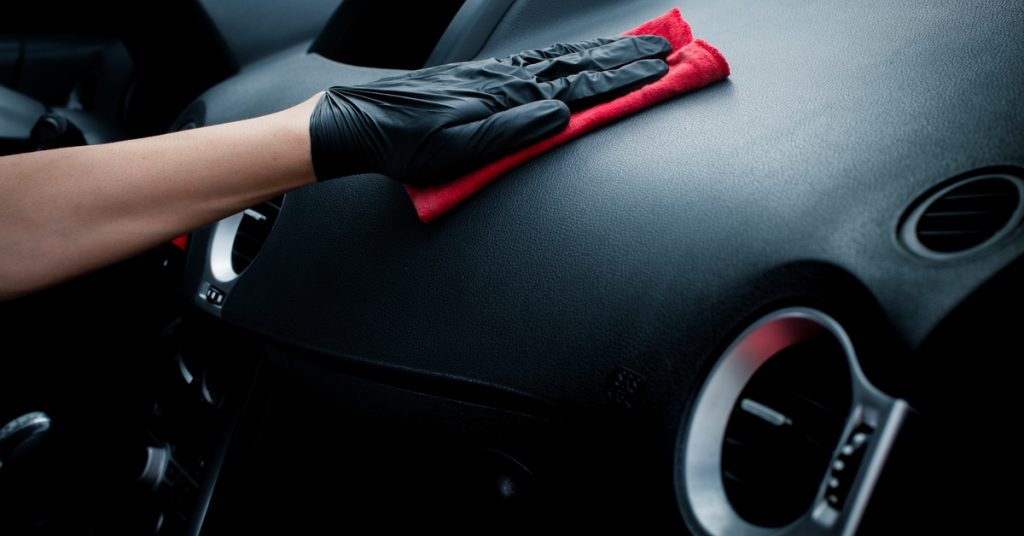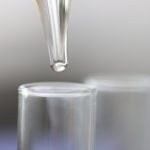All-purpose cleaners (APCs) represent the backbone of professional detailing work. These versatile solutions tackle everything from dashboard grime to wheel wells, making them indispensable tools in any detailer’s arsenal. Whether you’re just starting your detailing journey or looking to refine your technique, mastering APC usage can dramatically improve your results while saving time and money. Continue reading to explore all-purpose cleaner tips and tricks for detailers.
Find Your Perfect Dilution Ratio
Dilution ratios make or break your cleaning effectiveness. Most APCs work best at ratios between 1:10 and 1:4, depending on the contamination level you’re facing. Light interior dust calls for weaker solutions around 1:10. At the same time, stubborn engine bay grease demands stronger mixes closer to 1:4.
Professional detailers often mix multiple spray bottles with different ratios to match specific tasks. Start conservative and increase concentration as needed—you can always make it stronger, but you can’t undo damage from overly aggressive solutions.
Master Your Application Techniques
Your application method determines how effectively the APC penetrates and lifts contaminants. Spray the solution directly onto surfaces and allow 30 to 60 seconds of dwell time for maximum effectiveness. Follow up with appropriate agitation using microfiber cloths for delicate surfaces or soft-bristled brushes for textured areas.
Work from top to bottom to prevent recontamination, and tackle one section at a time rather than spraying entire panels. This systematic approach prevents the cleaner from drying on surfaces and leaving residue.
Know Your Surface Compatibility Limits
Understanding the pH in all-purpose cleaners becomes crucial when working with different materials. Most APCs range from pH 7 to 12, with higher numbers indicating more alkaline solutions. Natural stone, untreated aluminum, and certain plastics react poorly to high-pH cleaners, potentially causing permanent etching or discoloration.
Stick to pH-neutral options (around seven to eight) for leather, natural wood, and delicate trim pieces. Painted surfaces generally handle mild alkaline cleaners well, but always verify compatibility before proceeding with full application.
Prioritize Safety Measures
Professional detailing demands respect for chemical safety protocols. Wear nitrile gloves to protect your hands from prolonged chemical exposure and potential skin irritation. Safety glasses prevent splashback from reaching your eyes, particularly important when working overhead or in confined spaces.
Maintain adequate ventilation in enclosed areas like garages, as APC vapors can cause respiratory irritation. Keep a spray bottle of clean water nearby for immediate dilution if accidental contact occurs with sensitive surfaces or skin.
Always Perform Spot Testing
Spot testing prevents costly mistakes that could damage customer vehicles or your own equipment. Choose an inconspicuous area—typically inside door jambs or under floor mats—and apply your diluted APC solution.
Wait five to ten minutes and check for any adverse reactions like discoloration, texture changes, or surface degradation. This simple step takes less than fifteen minutes but can save you from expensive repairs or unhappy customers.
Transform your detailing business by implementing these proven APC techniques. Start practicing these methods on your own vehicle first, then gradually incorporate them into your professional workflow for consistently superior results.






